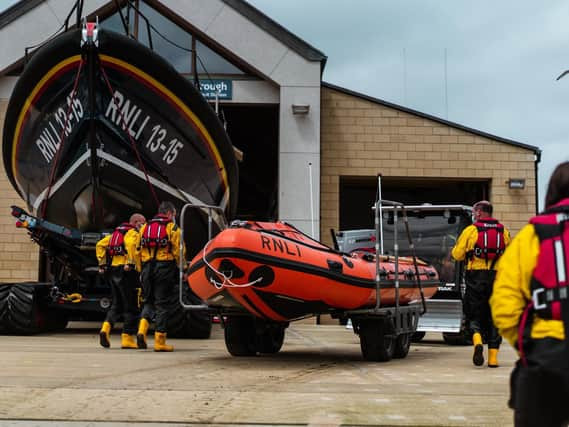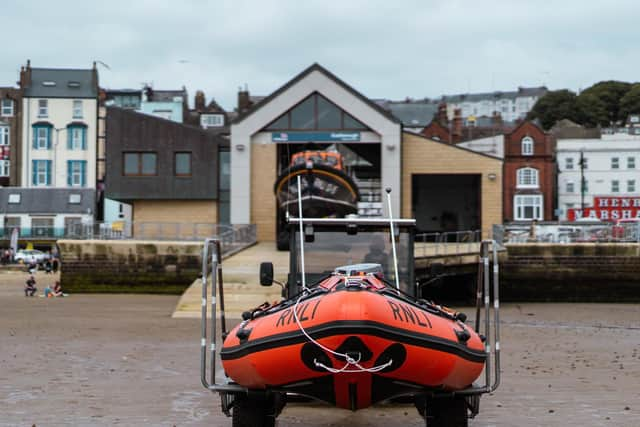Scarborough RNLI welcomes new inshore lifeboat


The D-Class inshore lifeboat, D-856 John Wesley Hillard IV, arrived at the station for the first time on Thursday, June 10.
Station coxswain, Lee Marton, and station mechanic, Dave Horsley, checked the lifeboat over before a crew of three took it out for sea trials.
Advertisement
Hide AdAdvertisement
Hide AdThe new lifeboat was officially put into service at about 1pm and will remain in service for approximately 10 years.


The latest lifeboat was funded by The Gay and Peter Hartley's Hillards Charitable Trust who has been a longstanding supporter of Scarborough Lifeboat Station and have funded the last three inshore lifeboats.
The previous inshore lifeboat, D-724 John Wesley Hillard III, was retired after serving 11 years and six months which saw it launched 208 times, saving seven lives and aiding a total of 191 people.
Notable call-outs include the rescue of Ravi Saini in July 2020, which made national news, when he found himself in difficulty in South Bay and was carried out to sea with the tide.
Advertisement
Hide AdAdvertisement
Hide AdRavi remembered the ‘float to live’ advice offered by the RNLI which saved his life as the inshore lifeboat found him calm and floating on his back.
The RNLI’s D-Class inshore lifeboat is a 5 metre RIB capable of travelling at 25 knots and has been the workhorse of the RNLI for over 50 years.
They are highly manoeuvrable and usually operate closer to shore than the all-weather lifeboats. They come into their own for searches and rescues in the surf, shallow water and confined locations - often close to cliffs, among rocks and even inside caves.